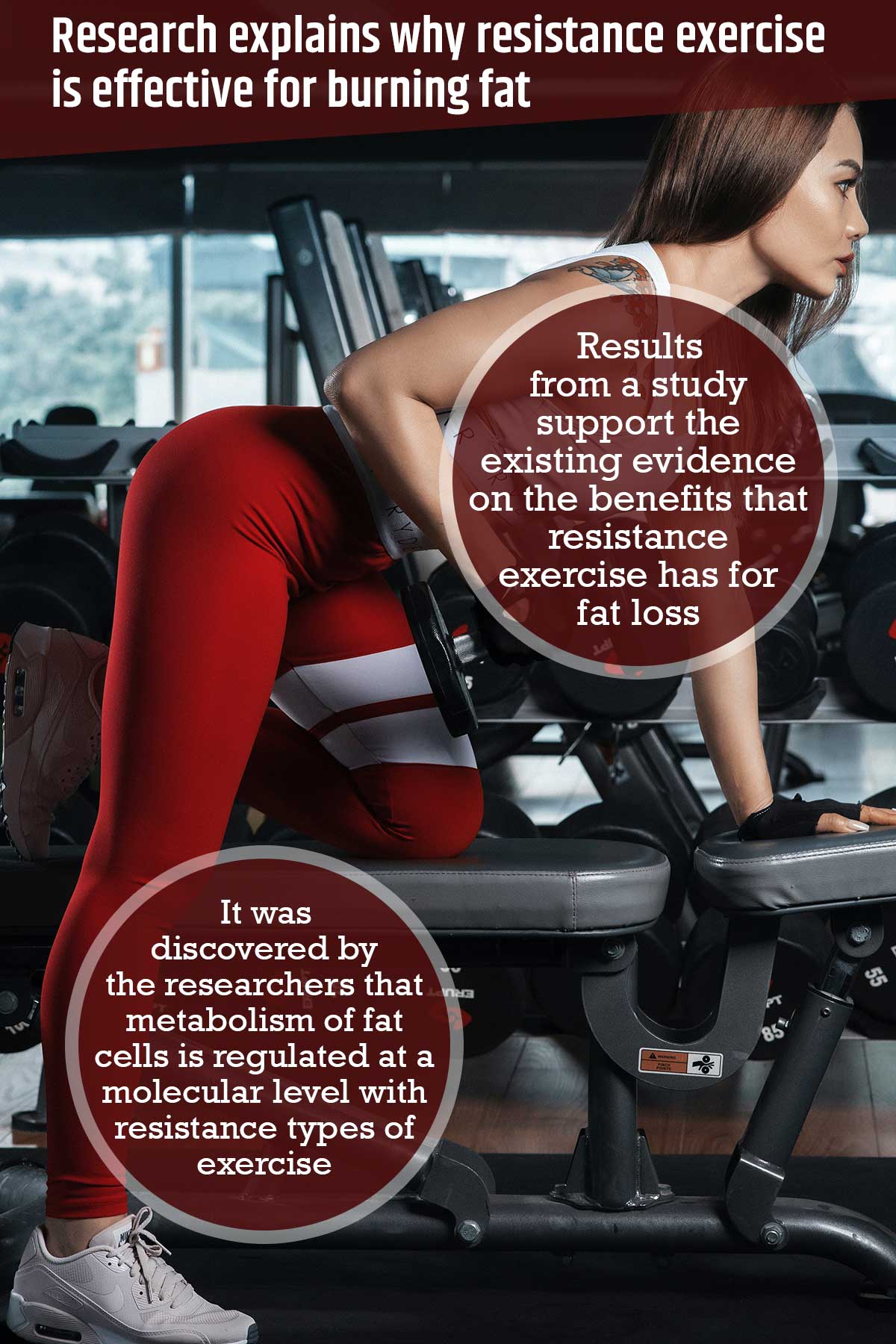Results from a study support the existing evidence on the benefits that resistance exercise has for fat loss.
It was discovered by the researchers that metabolism of fat cells is regulated at a molecular level with resistance types of exercise.1✅ JOURNAL REFERENCE
DOI: 10.1096/fj.202100242R
Aerobic exercise has been found to stimulate fat-burning to some extent, but resistance exercise appears to be particularly effective in creating cellular-level adaptations that improve this process.
The results of study reveal that in response to mechanical loading, cells of the muscles release particles known as extracellular vesicles that provide the instructions to the fat cells to go into fat-burning mode.
Prior research on resistance training tended to focus on muscle function improvements and research on broader exercise benefits typically rely on endurance options like cycling or running. This study provides insight into how strength training gives advantages to even non-muscle tissue.
It was at first understood that cells utilized extracellular vesicles for selectively eliminating RNA lipids and proteins. Researchers have now discovered that they also play a part in intercellular communication.
A new dimension has been added by this study as to how skeletal muscle is communicating with other tissues by making use of extracellular vesicles. The study demonstrates how metabolic adaptations in fat tissue are initiated with resistance training.



